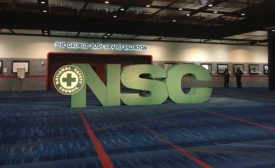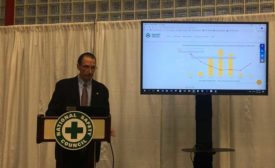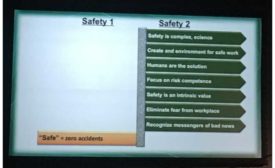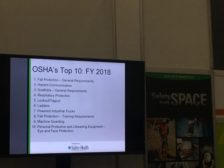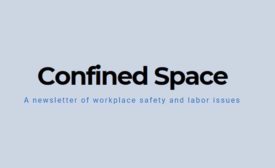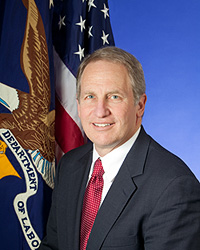Green building practices have an unhealthy side for construction workers
News
First responders, 9/11 terrorist attack survivors at risk
High rate of drug/alcohol-related deaths in WTC survivors
October 24, 2018
From the NSC show:
Statistics reveal workplaces still need safety improvements
October 23, 2018
A Confined Space blog post
Fall 2018 regulatory agenda: No surprises
OPINION
October 23, 2018
From the NSC show:
Six safety professionals honored as NSC Congress begins
October 22, 2018
Never miss the latest news and trends driving the safety industry
eNewsletter | Website | eMagazine
JOIN TODAYCopyright ©2024. All Rights Reserved BNP Media.
Design, CMS, Hosting & Web Development :: ePublishing


